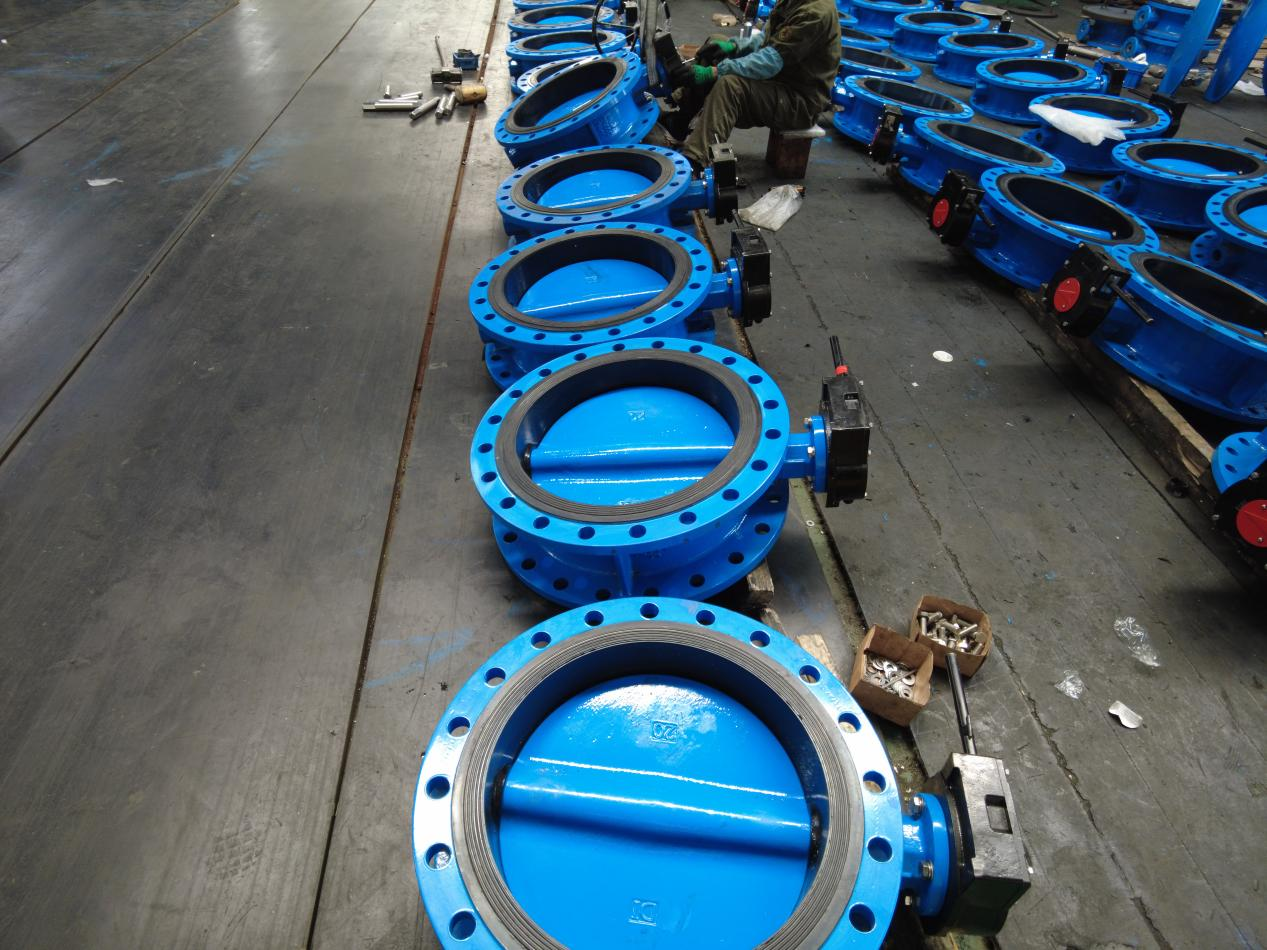INDUSTRY NEWS
Shallow eccentric butterfly valve structure
Eccentric butterfly valve structure
The butterfly valve can be divided into concentric butterfly valve, single eccentric butterfly valve, double eccentric butterfly valve and three eccentric butterfly valve according to the characteristics of the seal structure. According to the sealing direction can be divided into one-way and two-way.
Double eccentric butterfly valve
Double eccentric butterfly valve, the structure of the valve shaft center and valve body center line and valve plate seal center line relative eccentric. Double eccentric structure makes the valve surface and seal surface can be quickly separated and contact when switching, reduce the valve plate and seal friction torque force, reduce wear, improve the valve life. However, the valve plate is not separated from the sealing surface near the upper and lower ends of the valve plate axial direction in the range of 0 ~ 10° of the switch, and it is still in the state of sliding friction. At this time, the torque is large, which is easy to cause scratches and bites, which can cause the sealing leakage phenomenon. From the structure analysis, double eccentric belongs to the single direction butterfly valve.
Three eccentric butterfly valve
In order to solve the problems of double eccentric butterfly valve, and double eccentric butterfly valve for the third eccentric. Its structural characteristics are on the basis of double eccentricity, increase the center line of the valve cone sealing base deflection to the center line of the valve body, that is, from positive conical seal to oblique conical seal. After the third eccentricity, the sealing section of the butterfly plate is oval. The structure makes the minimum pressure Angle of the 360° circular sealing surface greater than the friction Angle, so the local mutual friction and stuck phenomenon is eliminated, the valve plate in the switch moment sealing surface separation and contact, greatly reduce the valve switch friction torque force, solve the double eccentric butterfly valve sealing structure defects, prolong the service life of the valve. The positive sealing pressure of each point on the 360° circumferential surface of the valve is realized by the torque of the transmission device. Theoretically, the metal sealing ring can obtain the bi-directional sealing effect with zero leakage without deformation itself. Because its sealing structure is inclined conical, there are problems in the direction of primary and secondary sealing. The direction of the main seal increases with the medium pressure, the more tightly the inclined cone surface of the valve plate and the sealing surface of the seat are squeezed, the better the sealing effect is. When the opposite direction is compressed, the seal between the valve plate and the seat is pressed by the torque of the driving device. With the increase of the reverse medium pressure, the positive pressure between the valve plate and the seat is less than the medium pressure, the seal begins to leak. In order to achieve reliable two-way sealing function, many manufacturers change the sealing ring into a variety of floating compensation structure, so that when the valve is closed, with the increase of the torque of the transmission device, it can also compensate the insufficient sealing effect through the deformation of the sealing ring.

